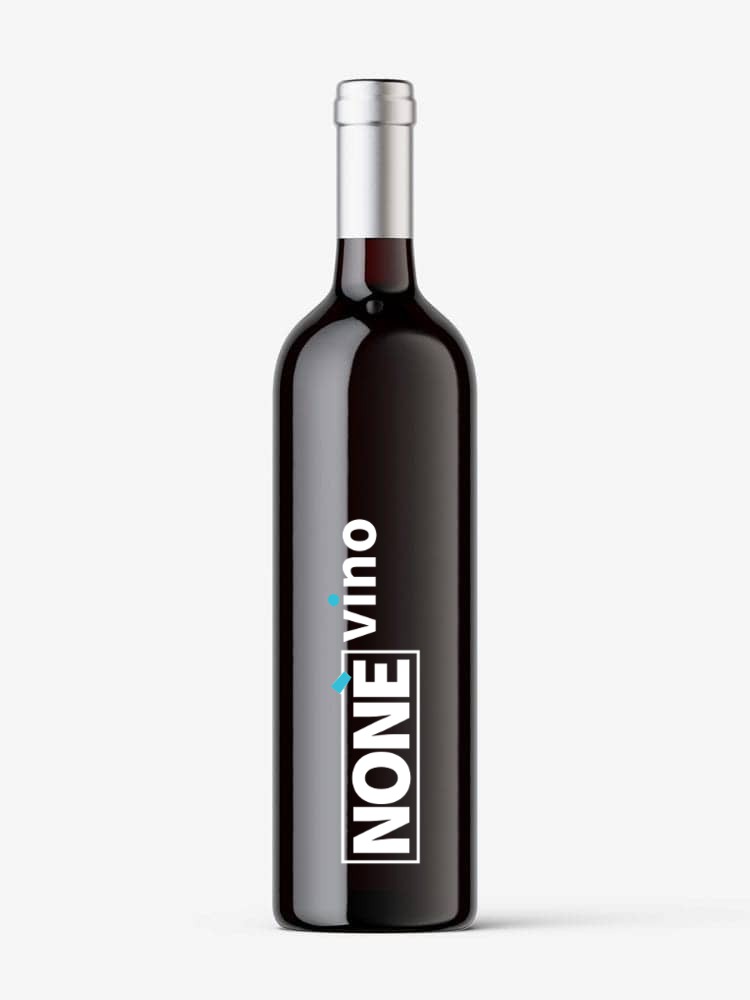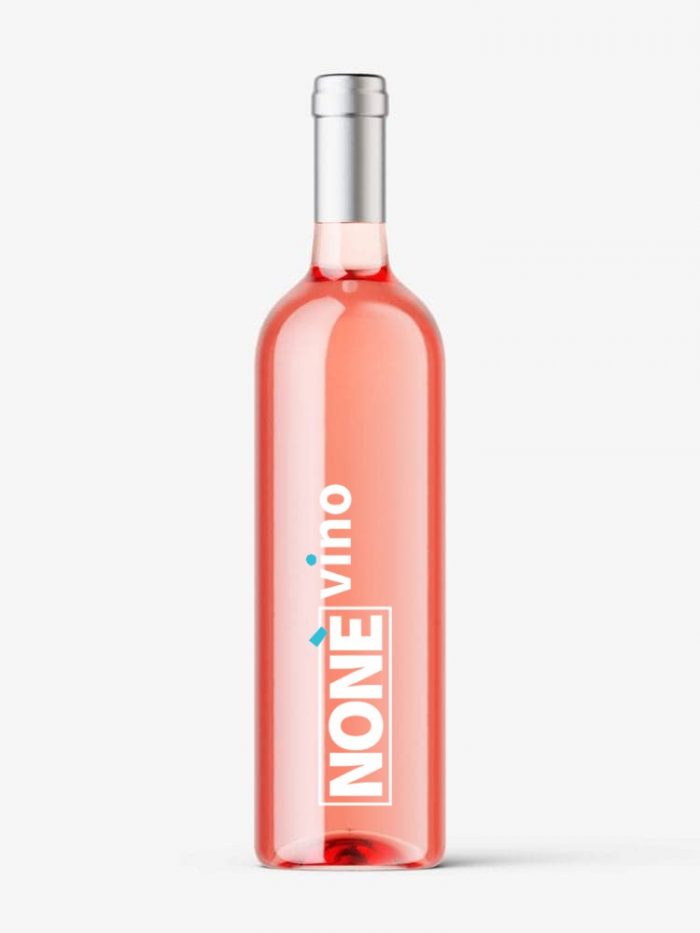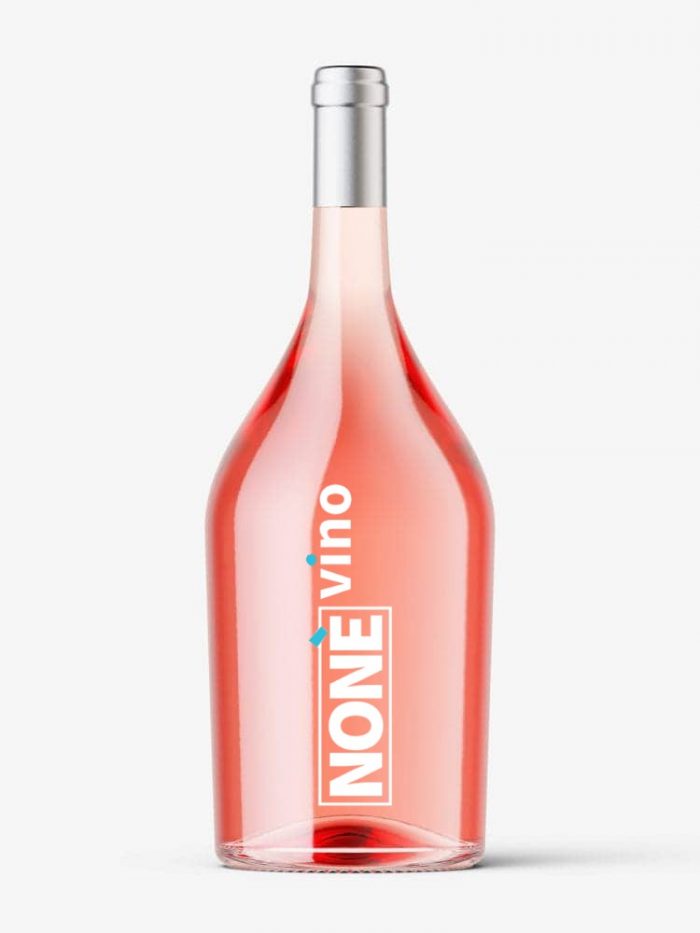The geographical area dedicated to the production of DOC Valpolicella Ripasso wine extends over the entire foothills of the province of Verona up to almost the border with the province of Vicenza, whose territory is adequately ventilated, bright and favorable to the performance of all functions. vegetative-productive of the vineyards.
The Production Area of DOC Valpolicella Ripasso Wine is located in:
– province of Verona and includes the territory of the municipalities of Marano, Fumane, Negrar, S. Ambrogio, S. Pietro in Cariano, Dolcè, Verona, S. Martino Buon Albergo, Lavagno, Mezzane, Tregnago, Illasi, Colognola ai Colli, Cazzano di Tramigna, Grezzana, Pescantina, Cerro Veronese, S. Mauro di Saline and Montecchia di Crosara.
The Production Area of the DOC Valpolicella Ripasso Classico Wine is located in:
– province of Verona and includes the territory of the municipalities of Fumane, Marano, Negrar, Sant’Ambrogio and S. Pietro in Cariano.
The Production Area of DOC Valpolicella Ripasso Valpantena wine is located in:
– province of Verona and includes the territory of the municipalities of Grezzana, limited to the hamlet of Stallavena, and Verona, limited to the hamlets of Marzana, Quinto di Valpantena, Santa Maria di Stelle, San Felice Extra.
The “Valpolicella Ripasso” DOC wine is obtained by contacting the base “Valpolicella” on the residual pomace of the “Amarone della Valpolicella” wine for about 15/20 days. It is characterized by a greater structure and longevity than the base “Valpolicella”, by a higher alcohol content, by a lower acidity and a greater roundness, by a higher value in extracts and phenolic substances. Ruby in color with garnet reflections, it offers a slightly ethereal scent of pink fruit with notes of vanilla; a refined, harmonious, dry and velvety flavor. Due to its pleasant characteristics, it can accompany winter first courses, main courses, cold cuts and medium-aged cheeses.
During the vinification phases, only loyal and constant oenological practices of the area are allowed, suitable to give the wines their particular quality characteristics.
The winemaking practices of the DOC Valpolicella Ripasso wine include, among other things, that:
– The maximum yield of grapes into DOC Valpolicella Ripasso wine must not exceed 70%; if these parameters are exceeded within the limit of 5%, the excess will not be entitled to the DOC. Beyond these limits the right to DOC for the whole product lapses.
– In the designation of the DOC Valpolicella Ripasso wines, the term “Vigna” may be mentioned as long as it is followed by the relative toponym and certain winemaking practices are respected.
– On the labels of each type of DOC Valpolicella Ripasso wine it is mandatory to report the year of production of the grapes.
There are numerous and certain evidences of an intense wine-making activity in the production area of ”Valpolicella Ripasso” since ancient times. The “Retico” wine much declaimed by Roman writers and historians is the most distant ancestor of all the wines of Valpolicella and therefore of the “Valpolicella Ripasso”.
The long and consolidated tradition of passing the wine over the pomace, characteristic of the “Valpolicella Ripasso” is a precise enological technique of ancient custom and exclusive elaboration of the winemakers of Valpolicella. Traces of the use of this particular product from Valpolicella can be found in the Middle Ages, in some purchase documents for vineyard land and in the marketing agreements for grapes and wine.
At the time of the Serenissima Republic of Venice, the wines of Valpolicella are defined as “dog wines”, underlining the sumptuous character attributed to these products which were favored by the Venetian doges. Subsequently, in the Risorgimento period, Valpolicella underwent considerable technical-scientific progress also in the oenological field, as evidenced by a conspicuous documentation attributable to the Veronese Enological Society. In those documents it is said that in Valpolicella the agricultural and winemaking technique was perfected through the introduction of agricultural machinery and, in 1873, at the universal exhibition in Vienna, what would become the “Valpolicella Ripasso”, obtained flattering judgments.
At the beginning of the twentieth century, the poet of Veronesity Berto Barbarani, several times in his compositions refers to a “Valpolicella” “made of velvet”, which seems closer to the characteristics of “Valpolicella Ripasso” than those of “Valpolicella”.
In the 1960s, the traditional practice underlying the “Valpolicella Ripasso” was recognized and regulated by the prefectural decrees that regulated the grape harvests in “Valpolicella”. The identification of the production
area and the refinement of the production and vinification techniques of the “Valpolicella Ripasso” wine led in 1968 to the official approval of the first production disciplinary and the recognition of the DOC Valpolicella.
The DOC Valpolicella Ripasso wine obtained the recognition of the Controlled Designation of Origin on 24 March 2010.








